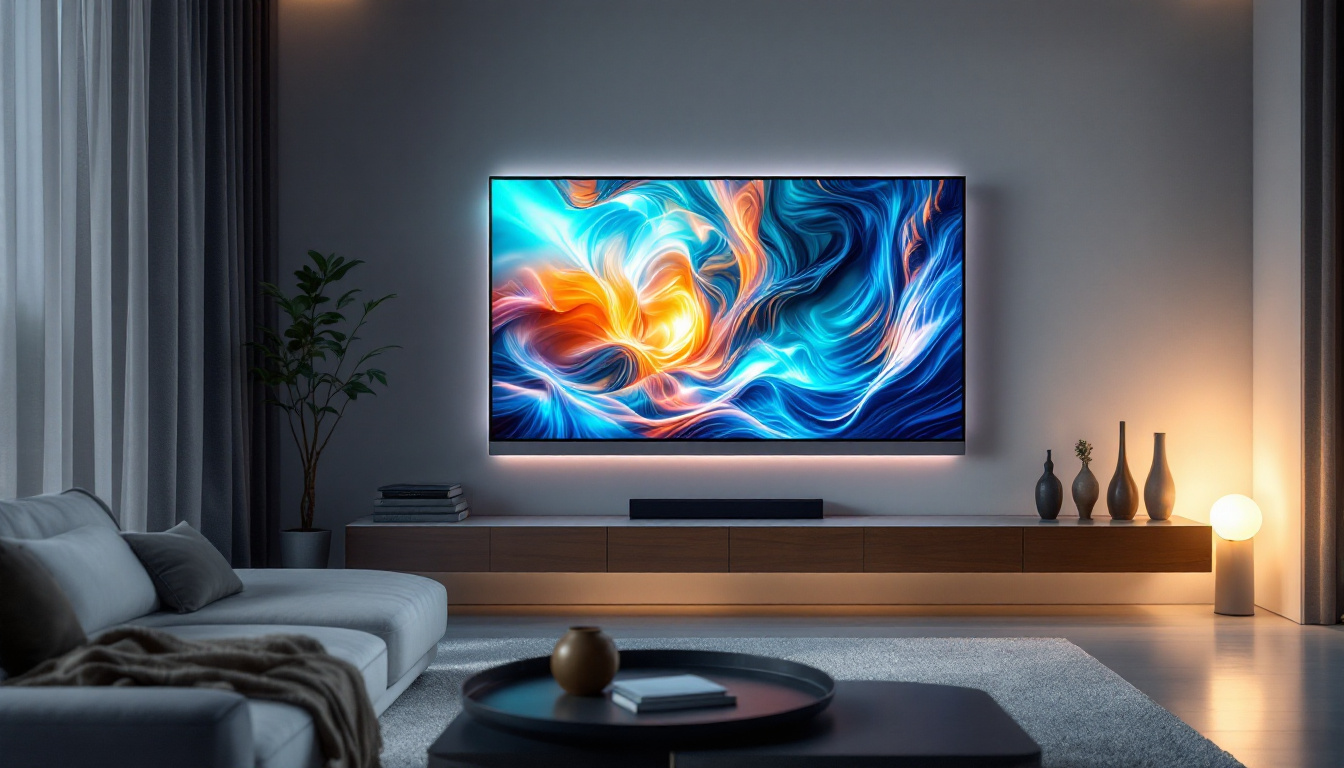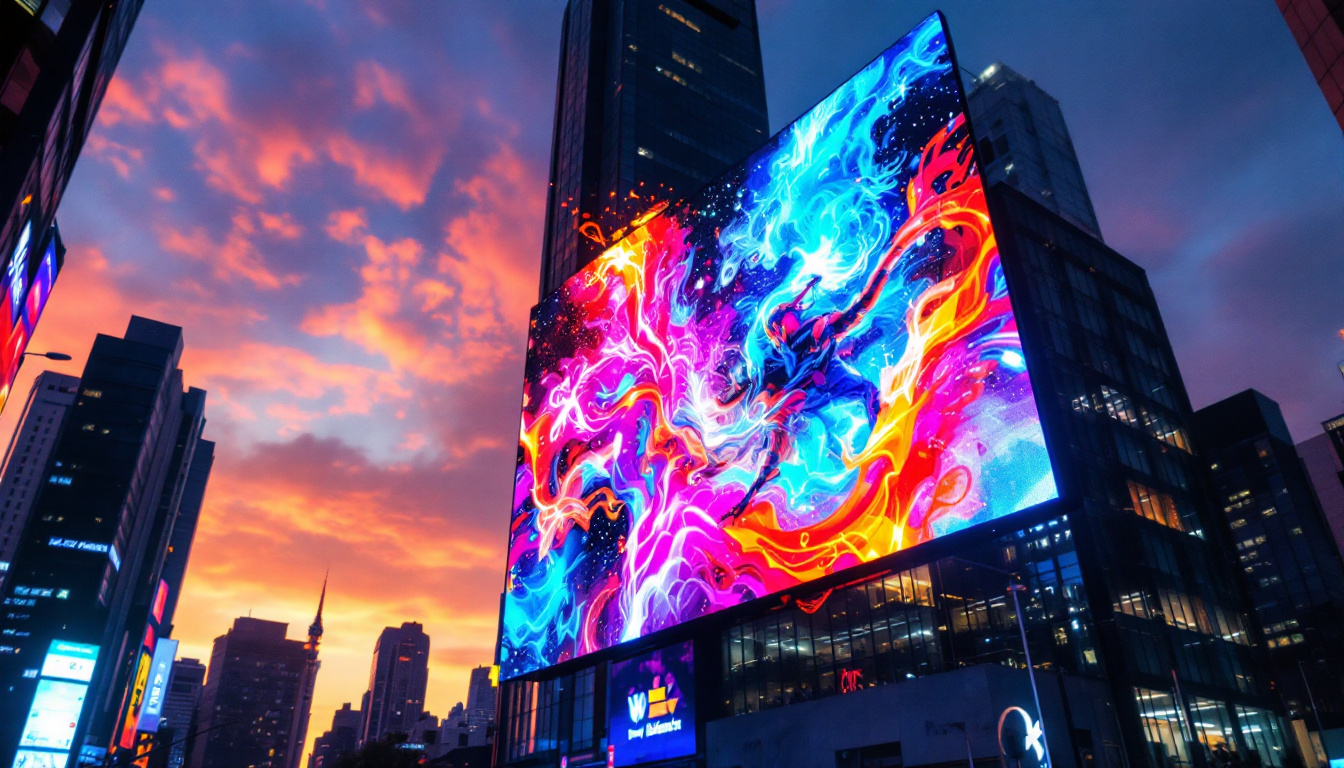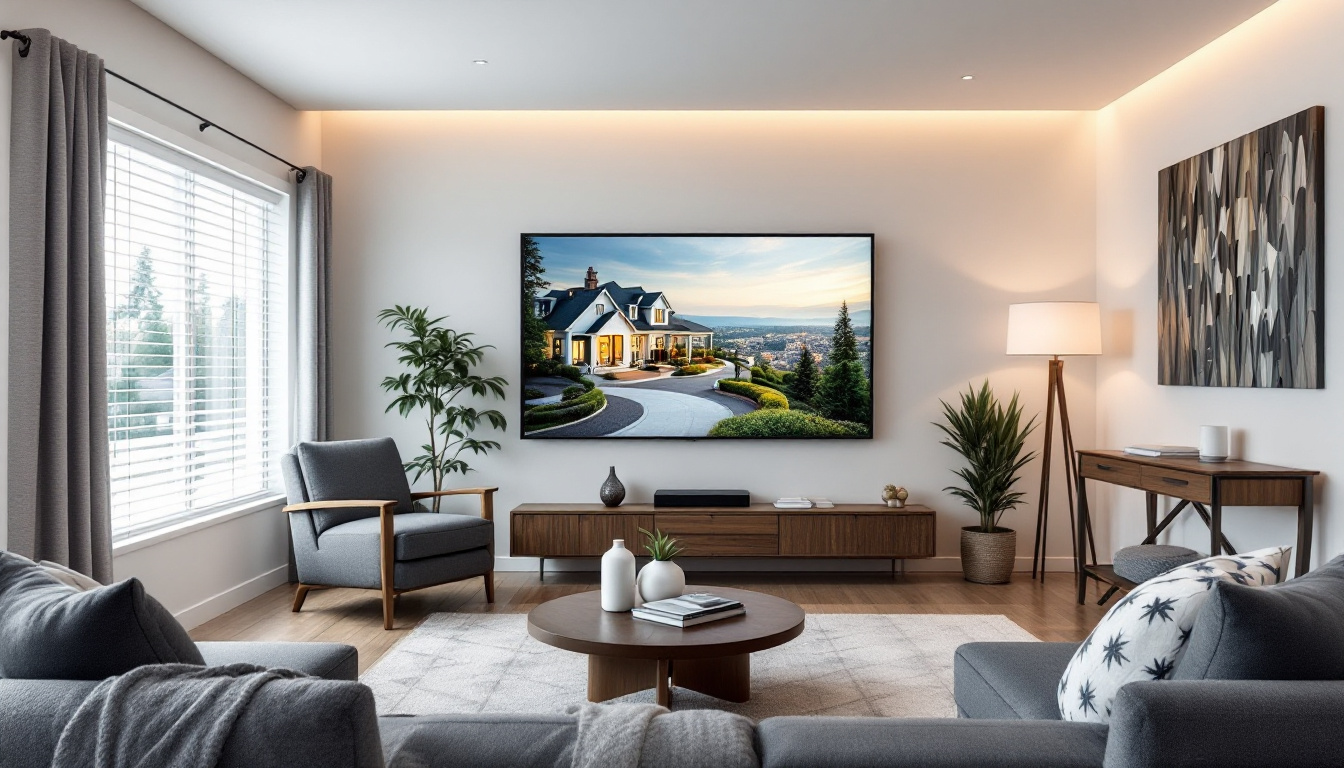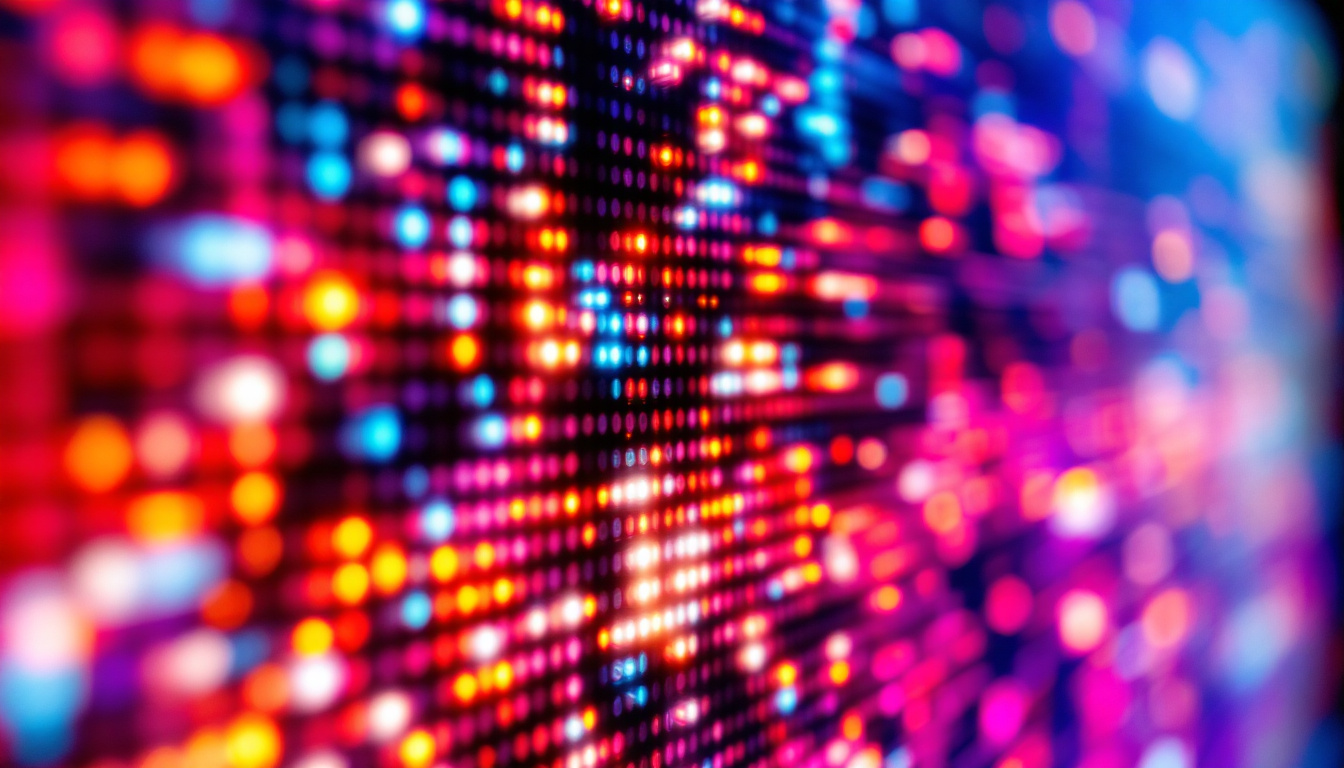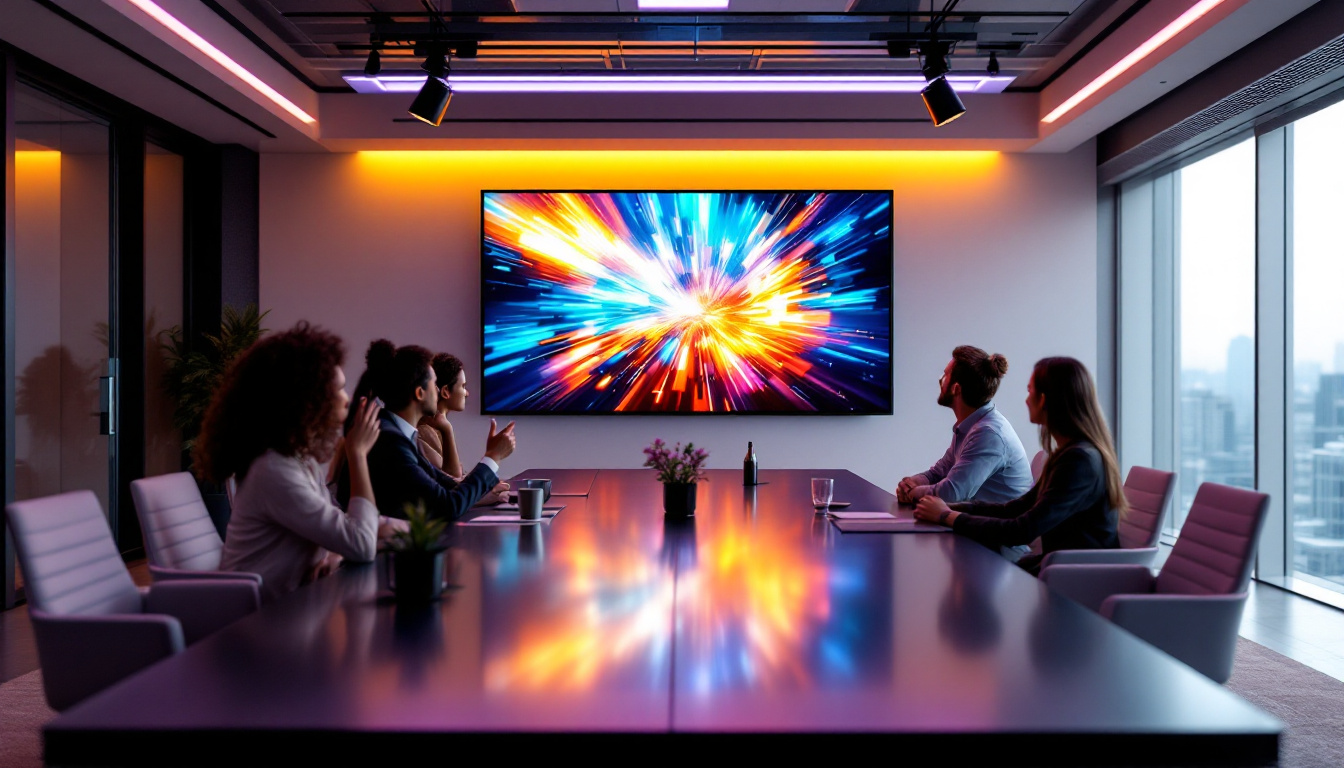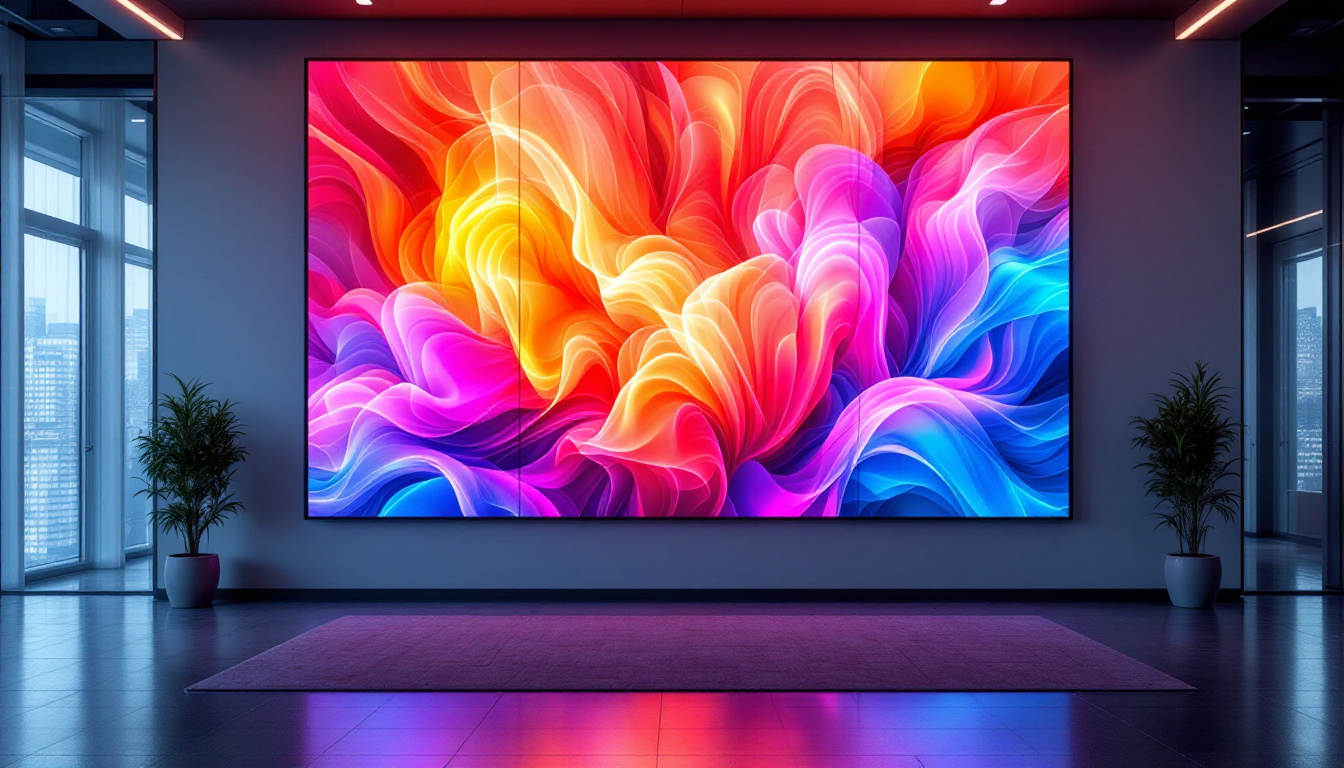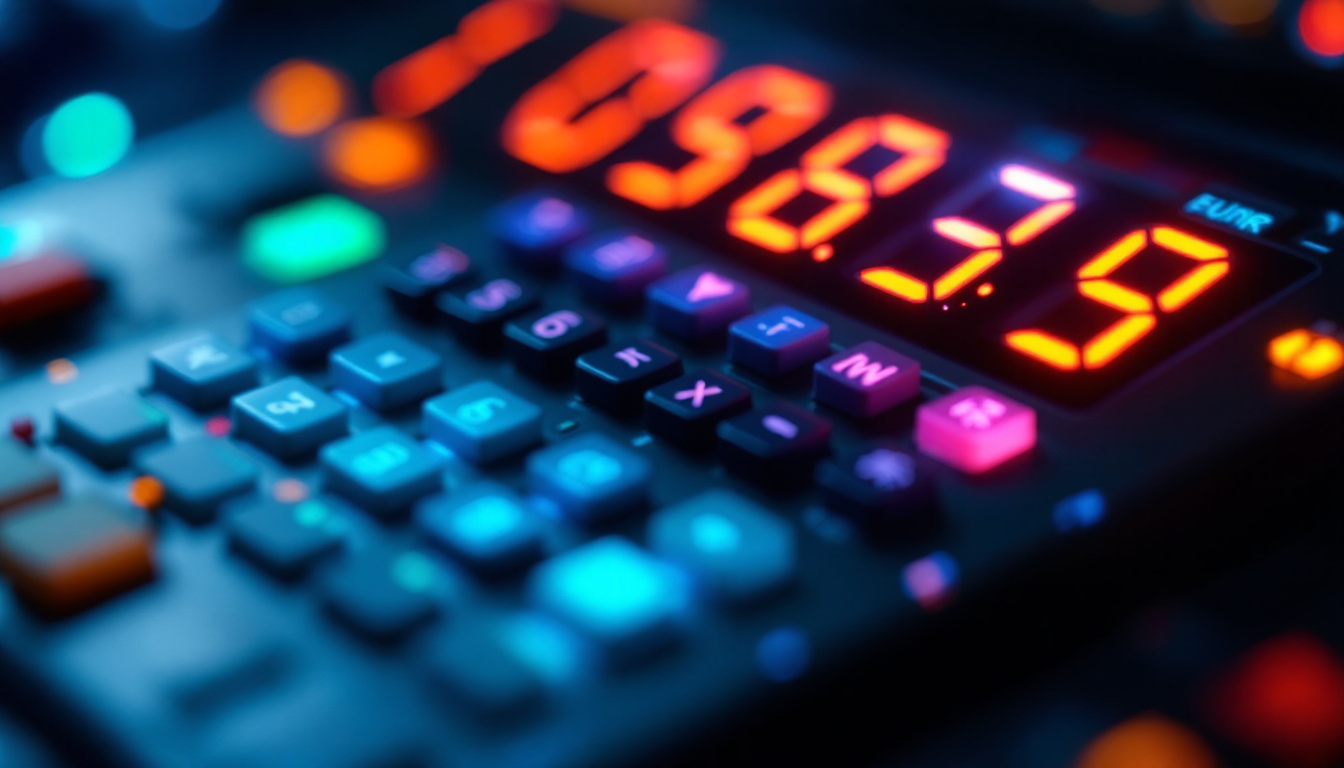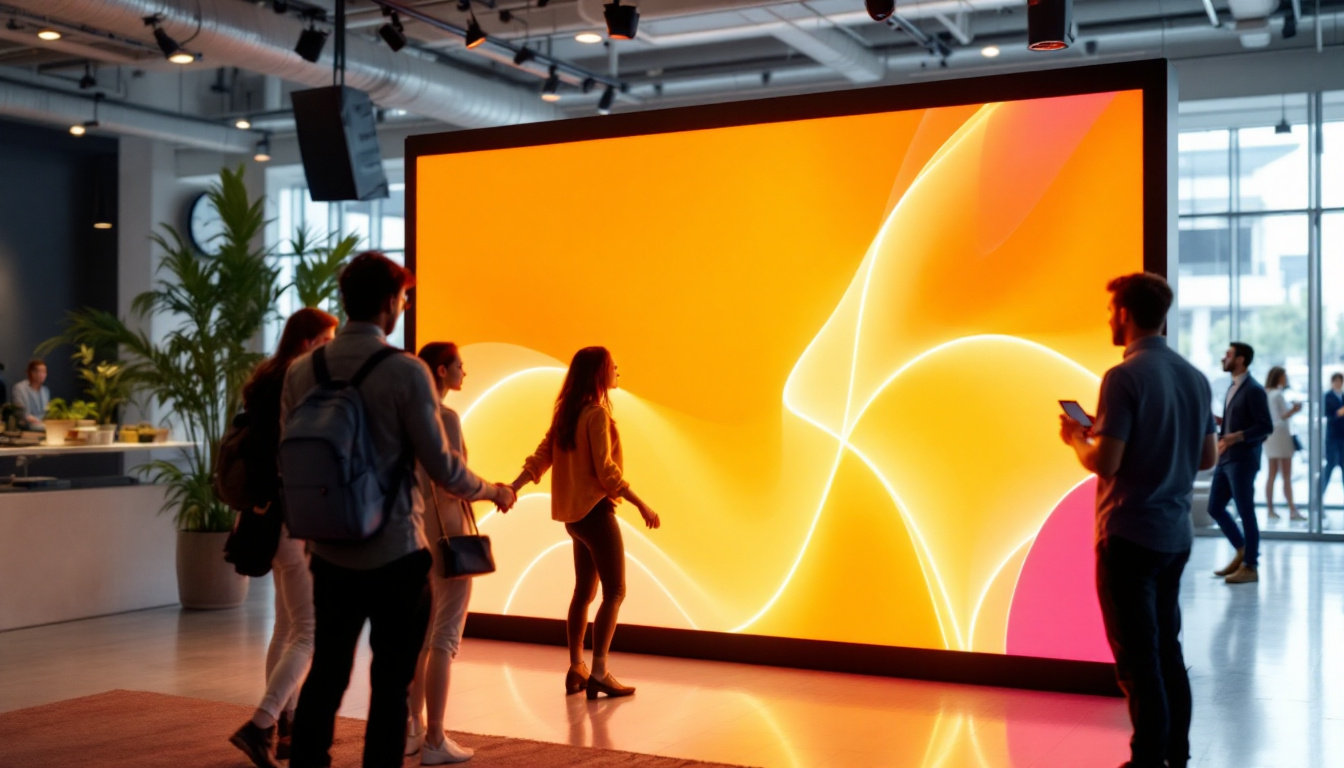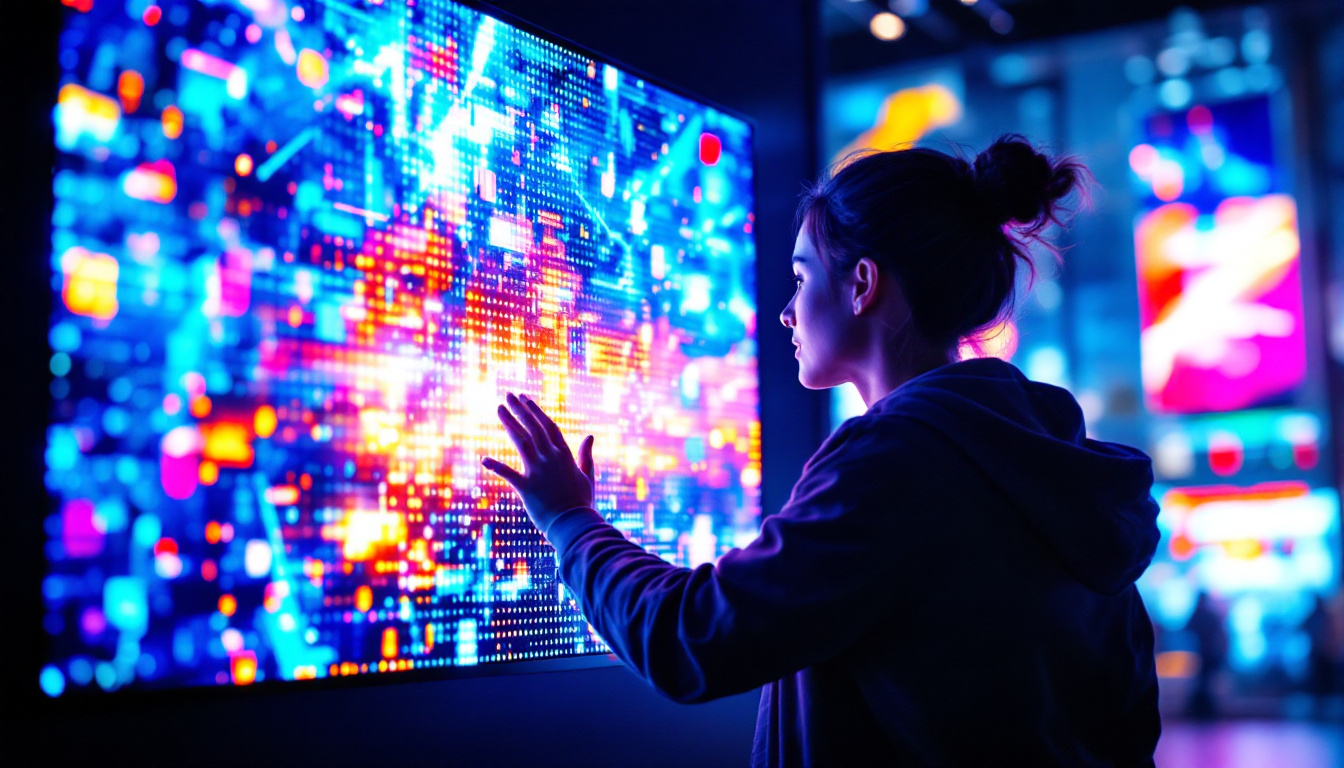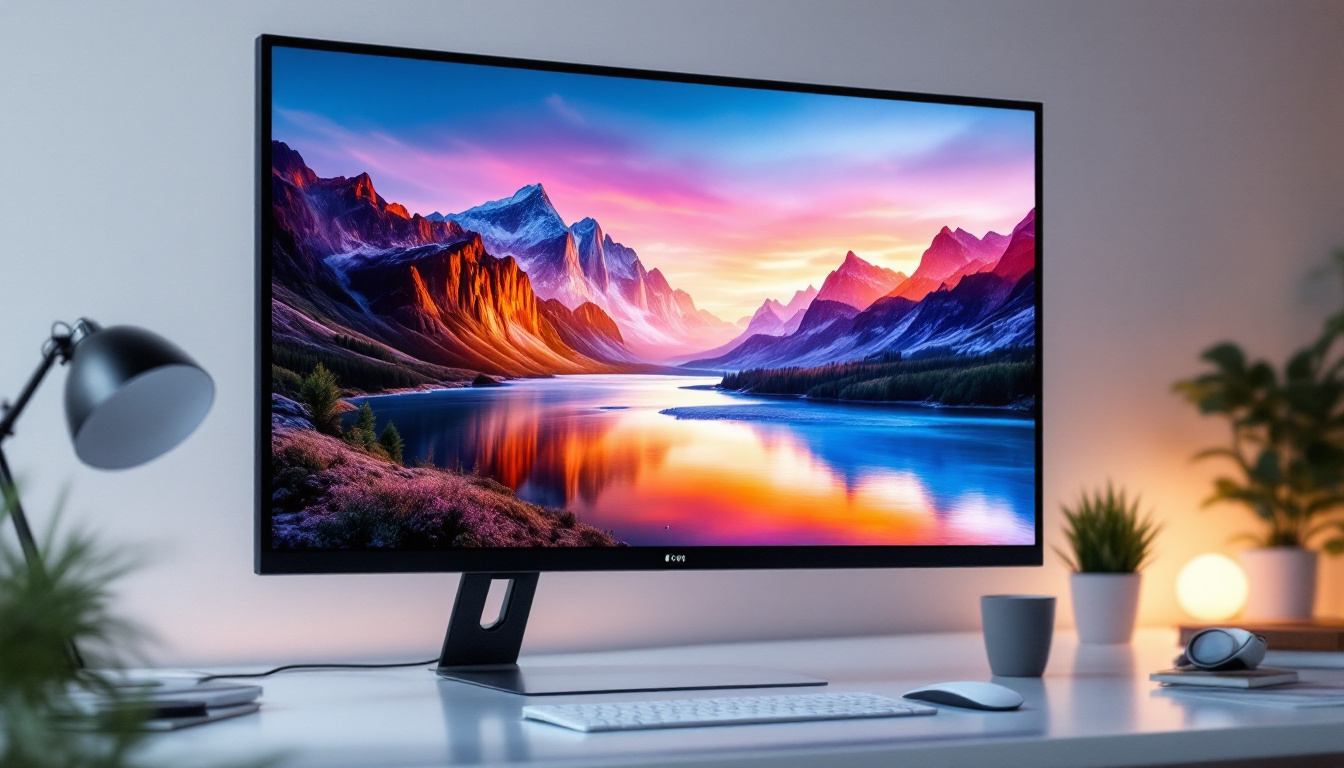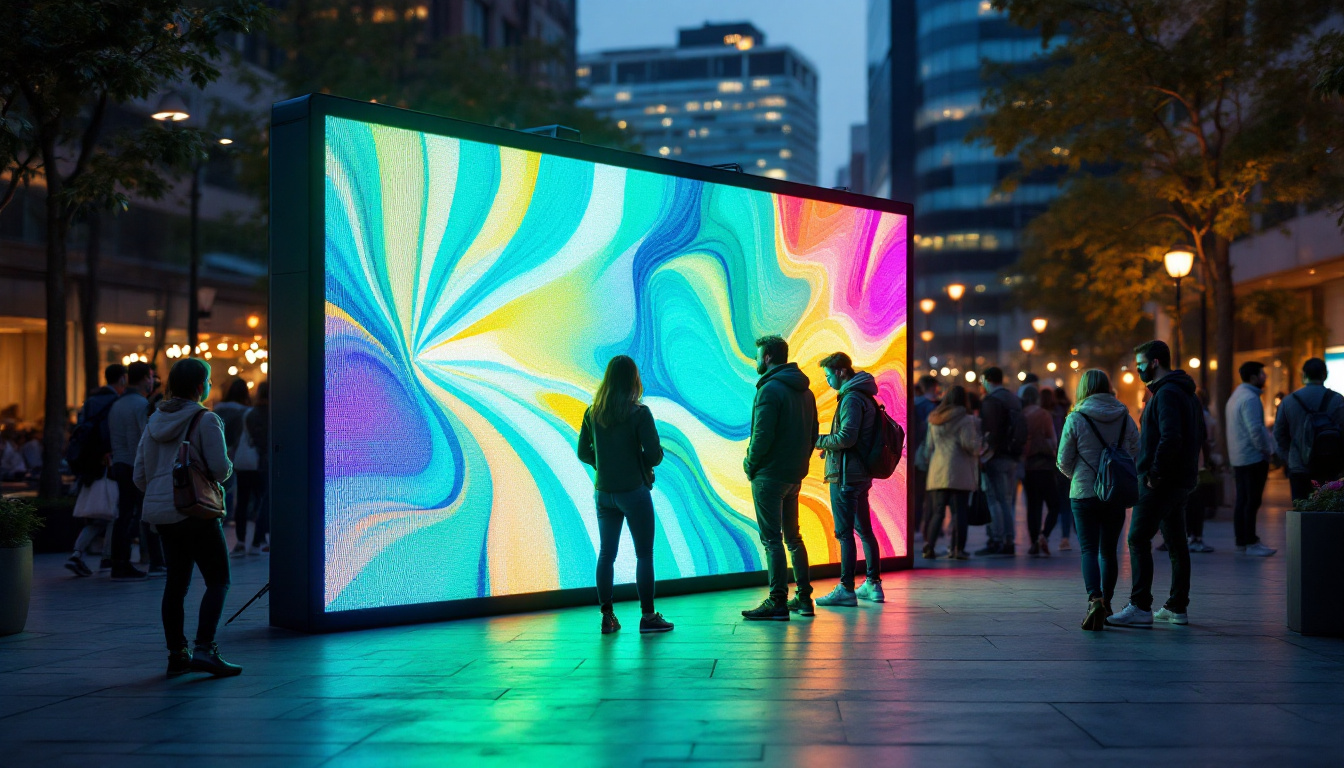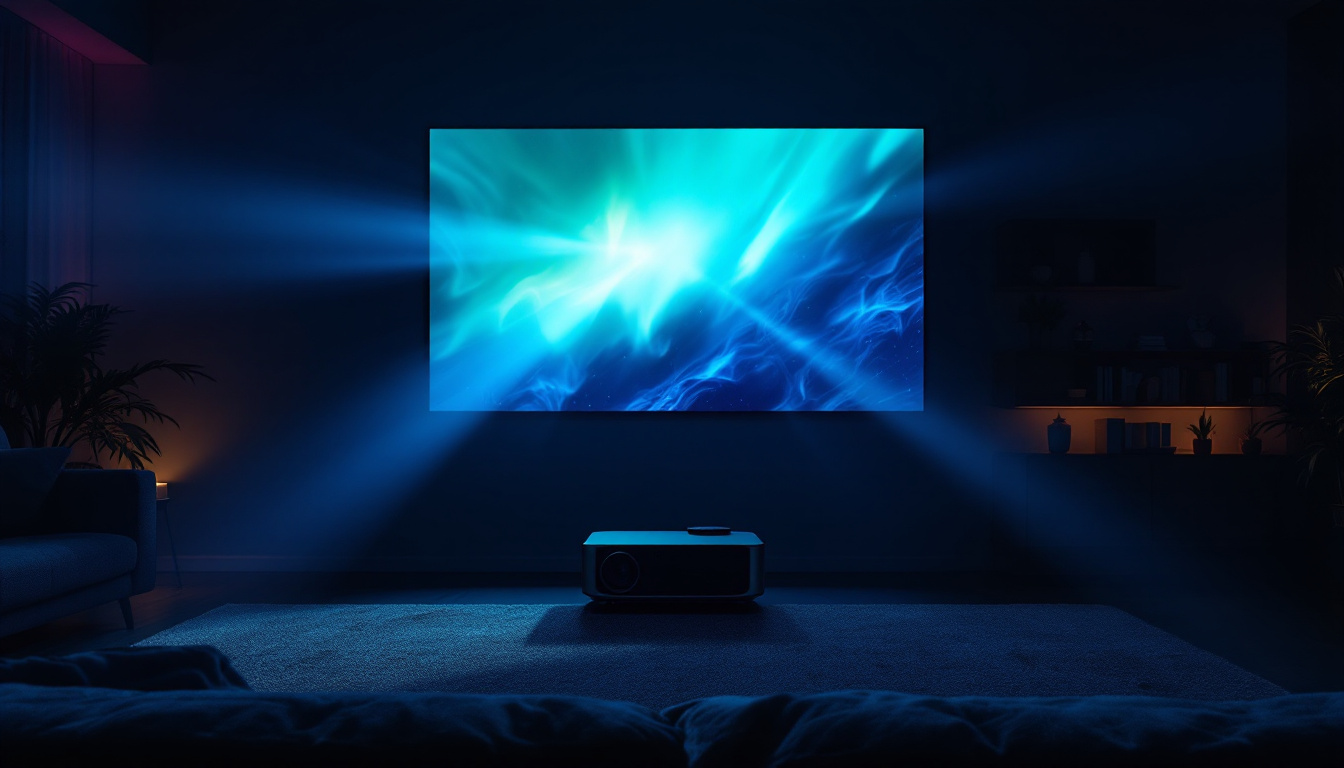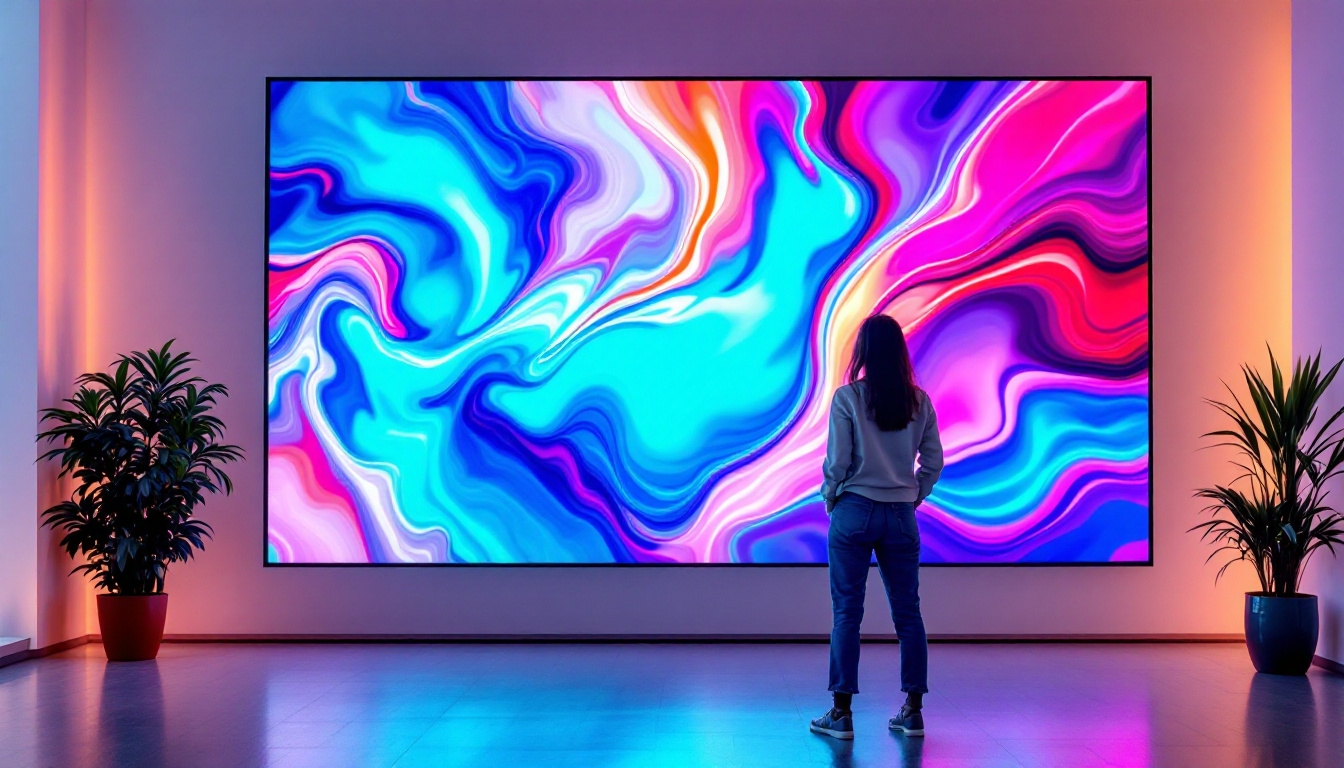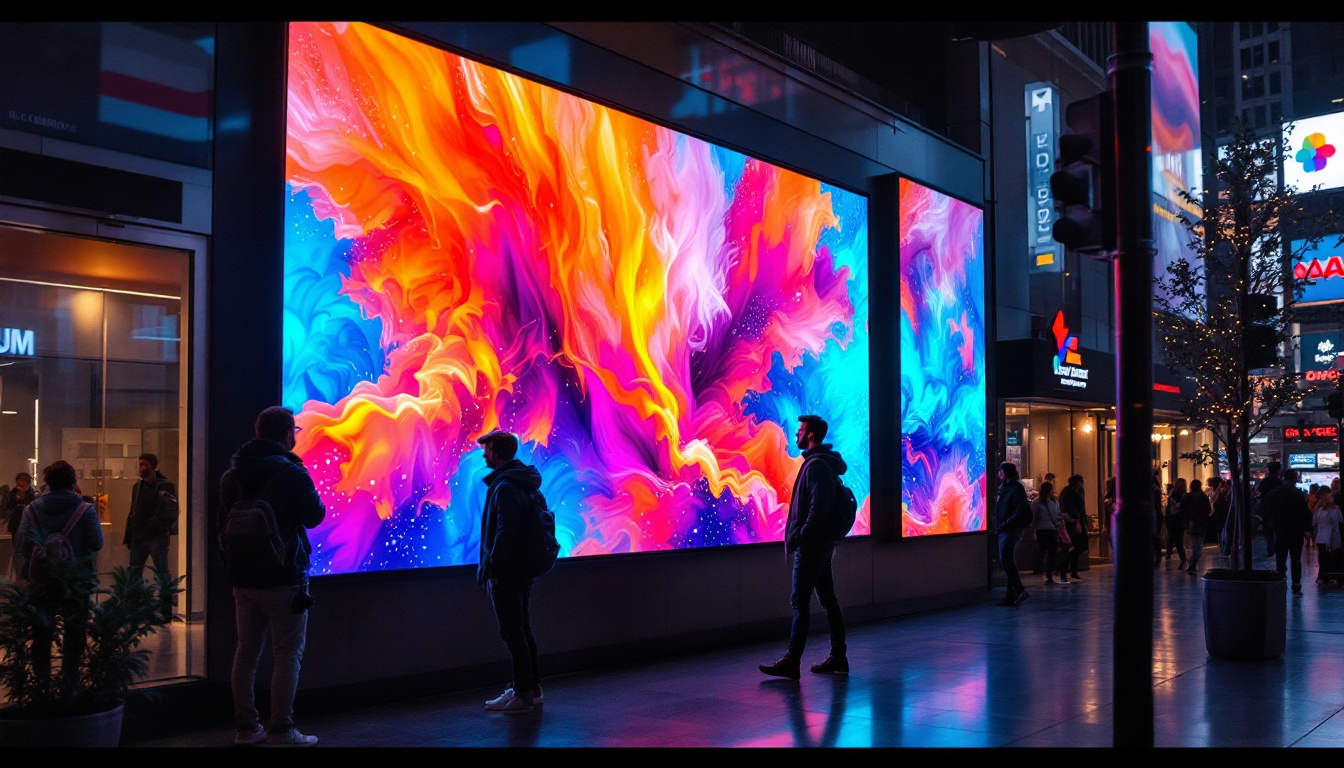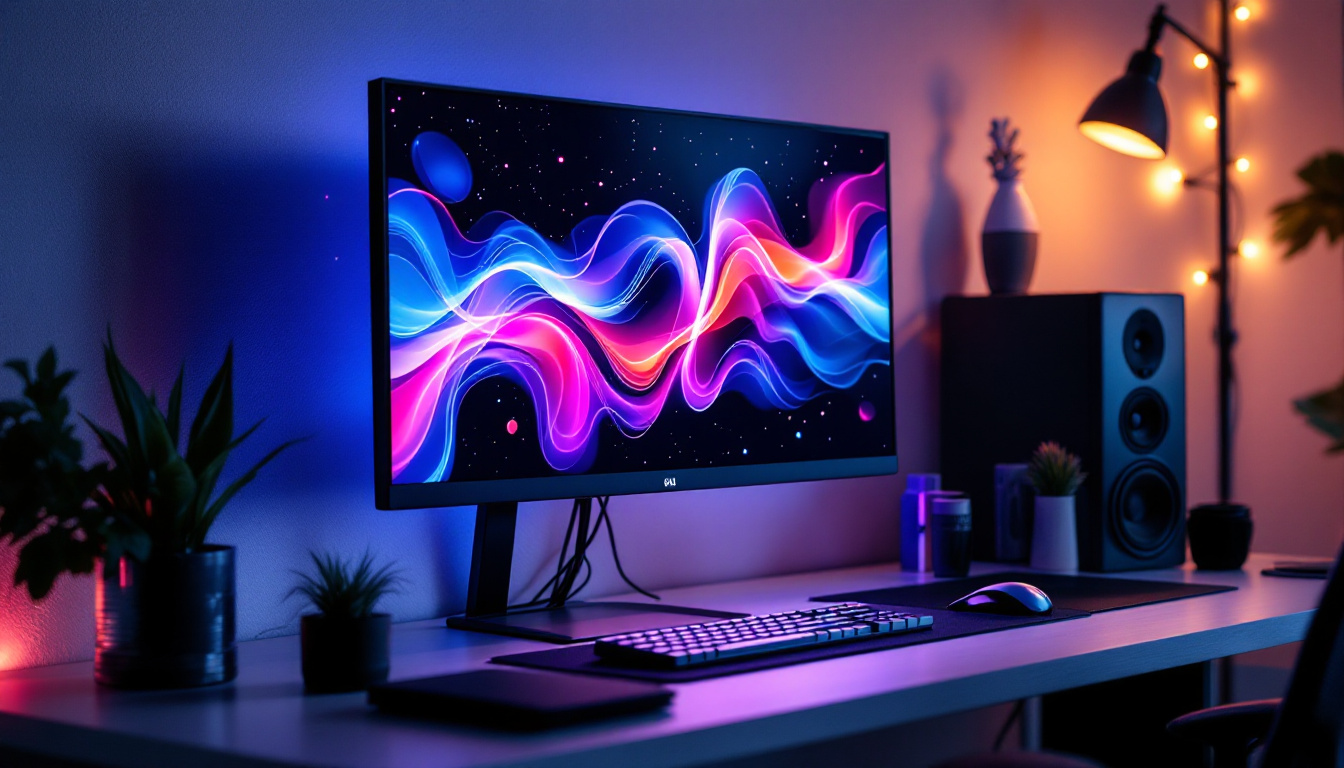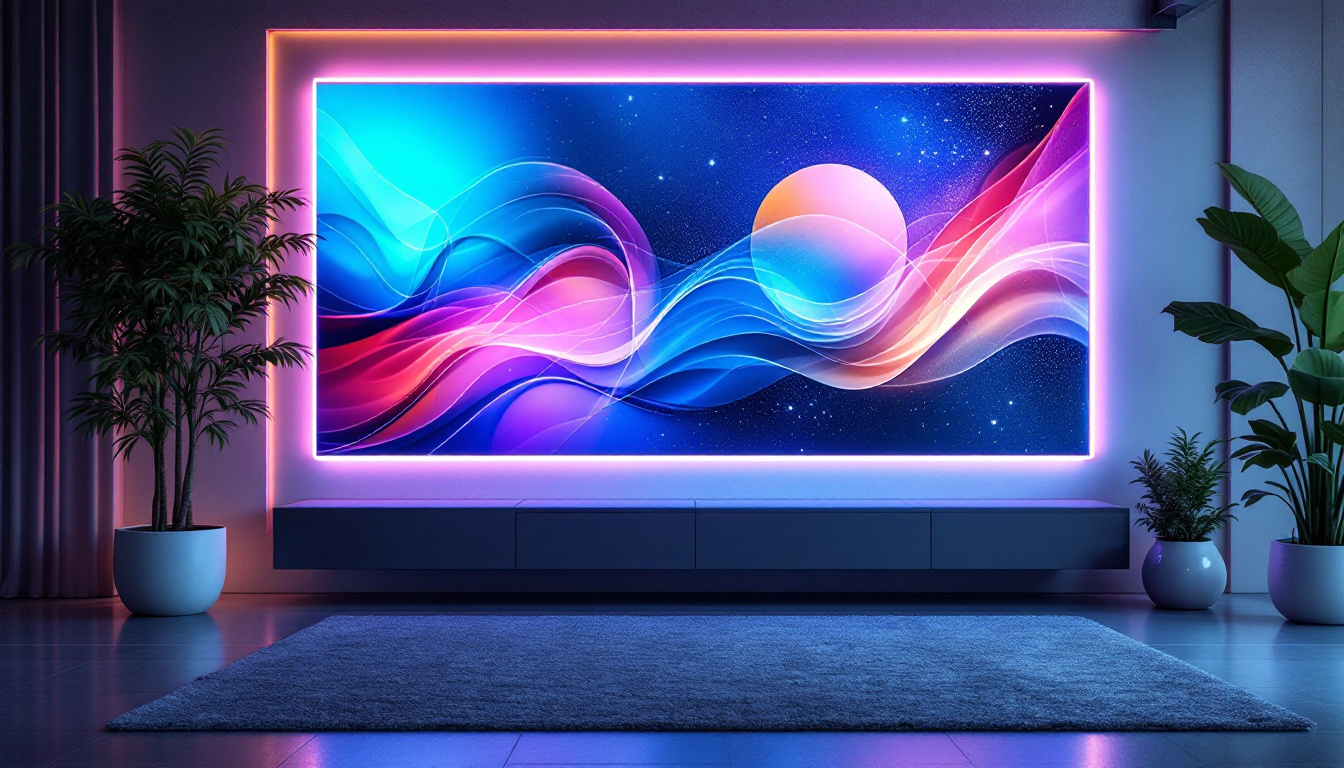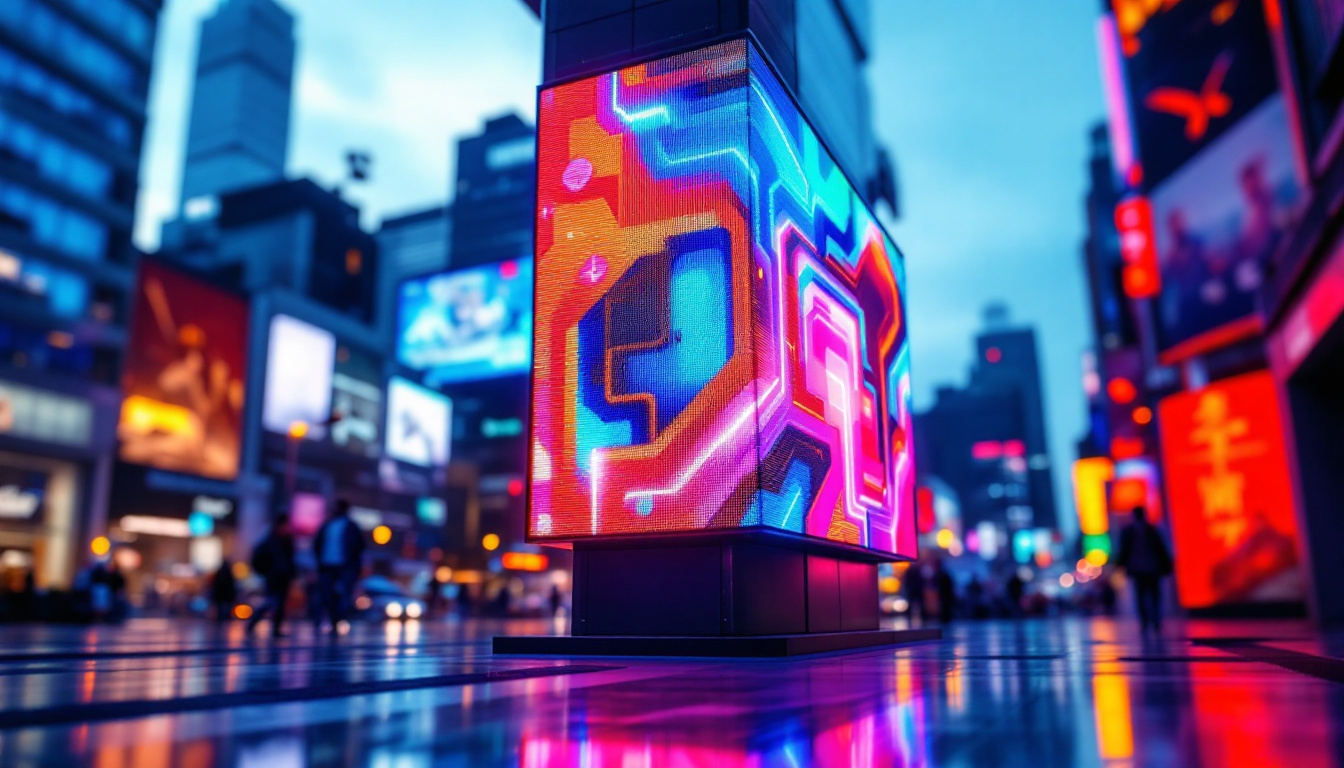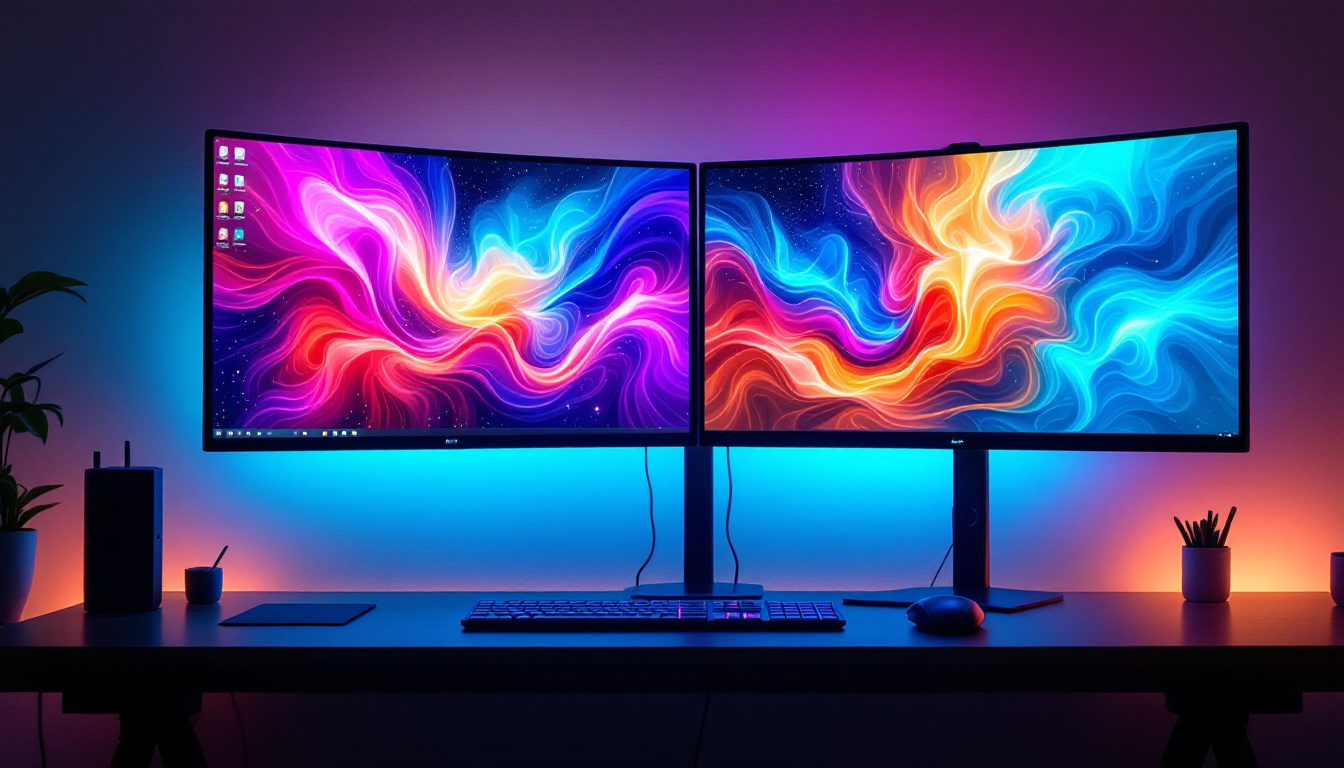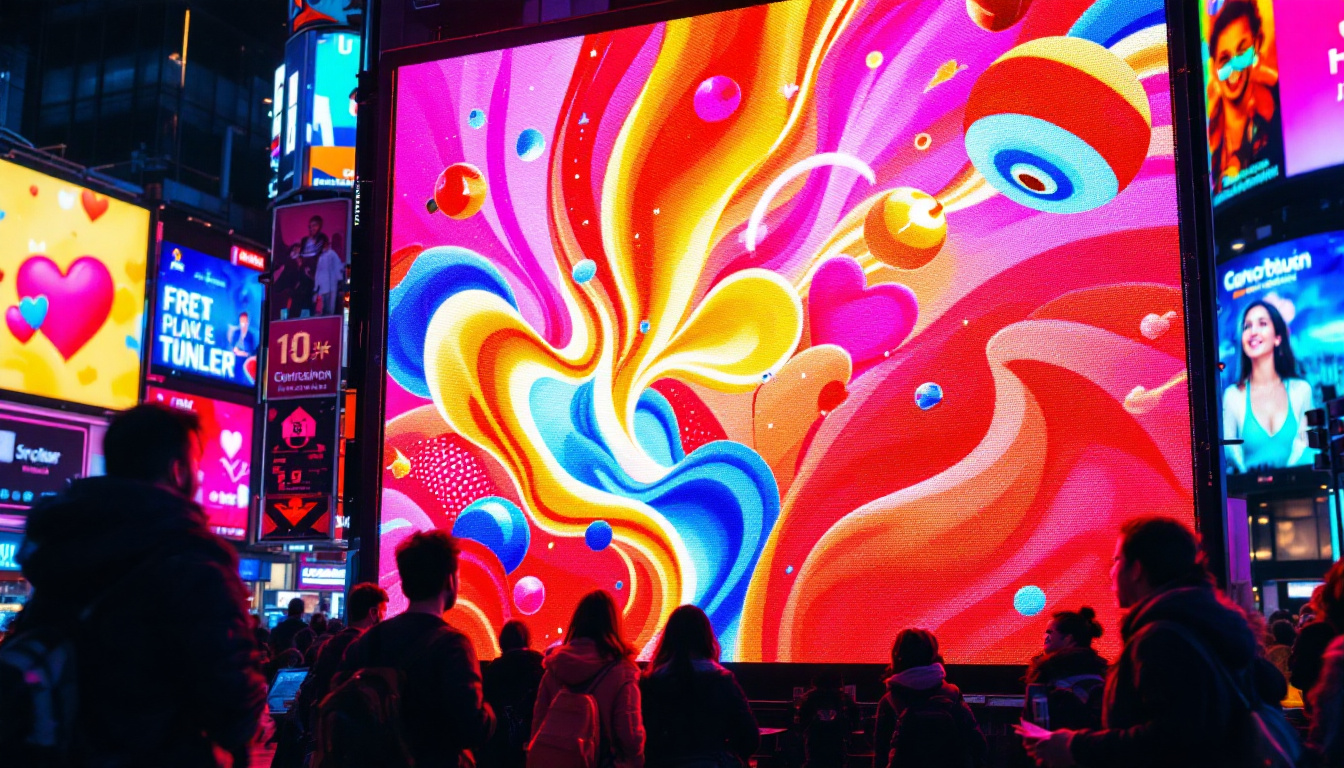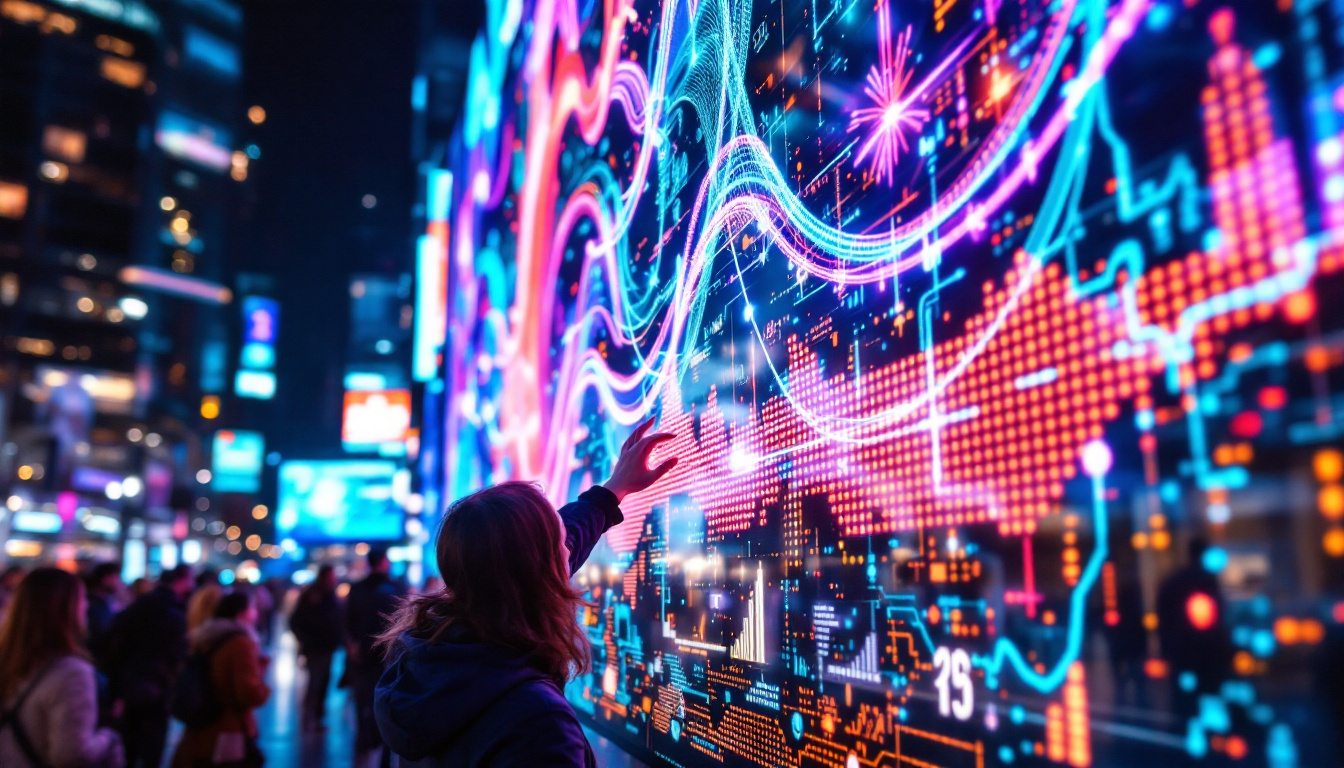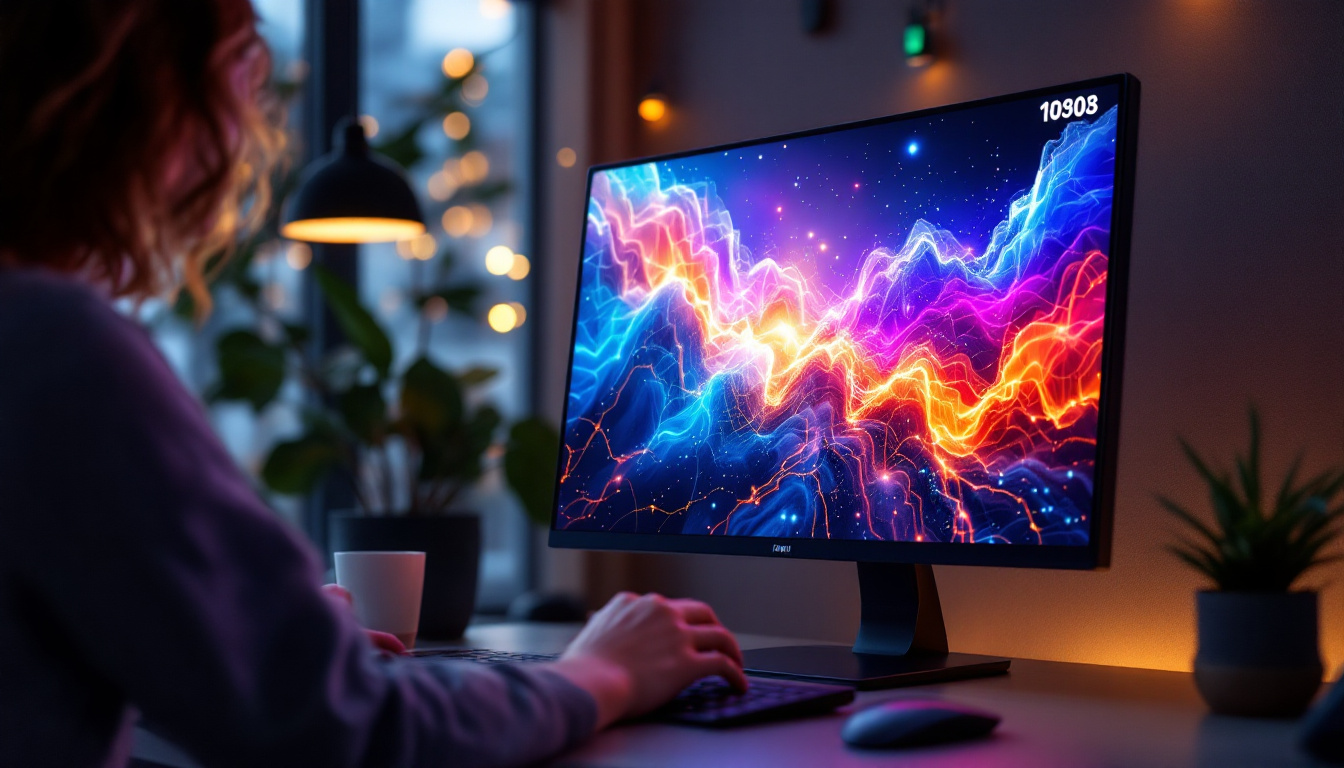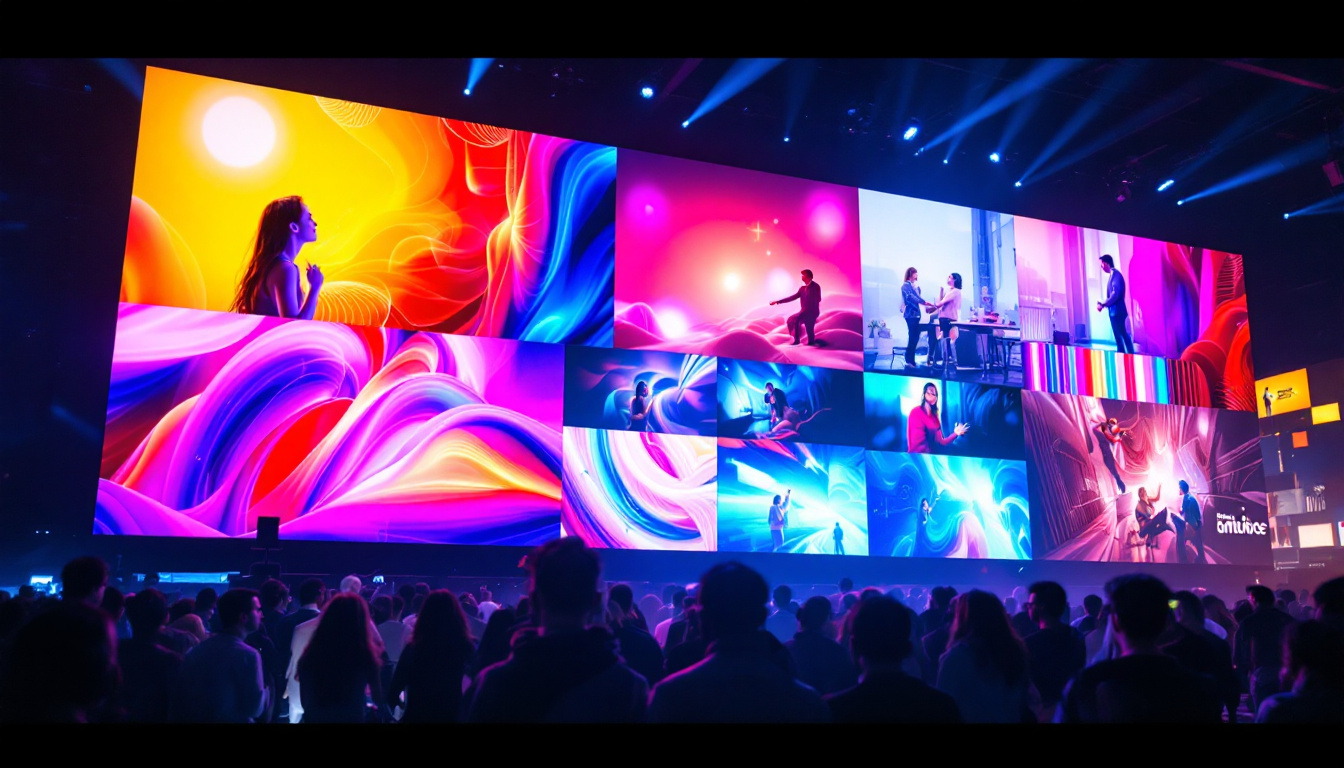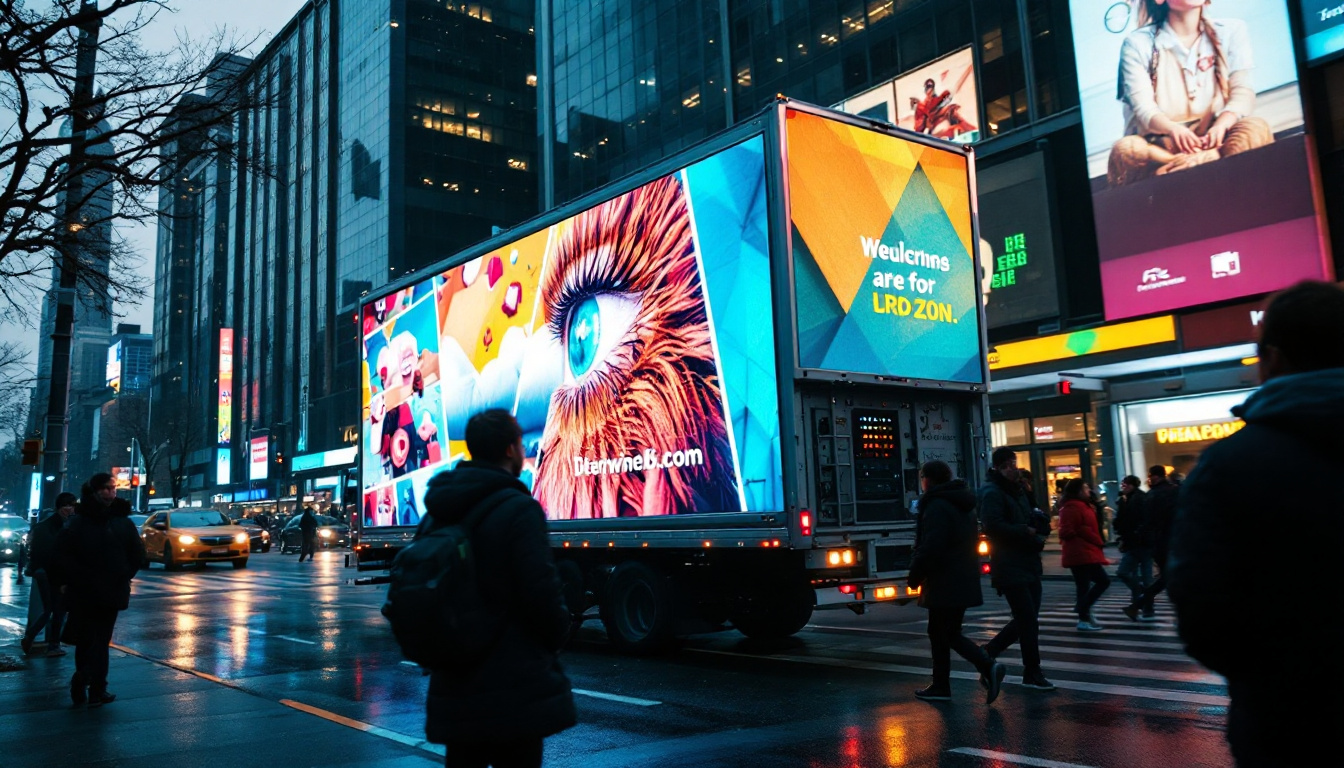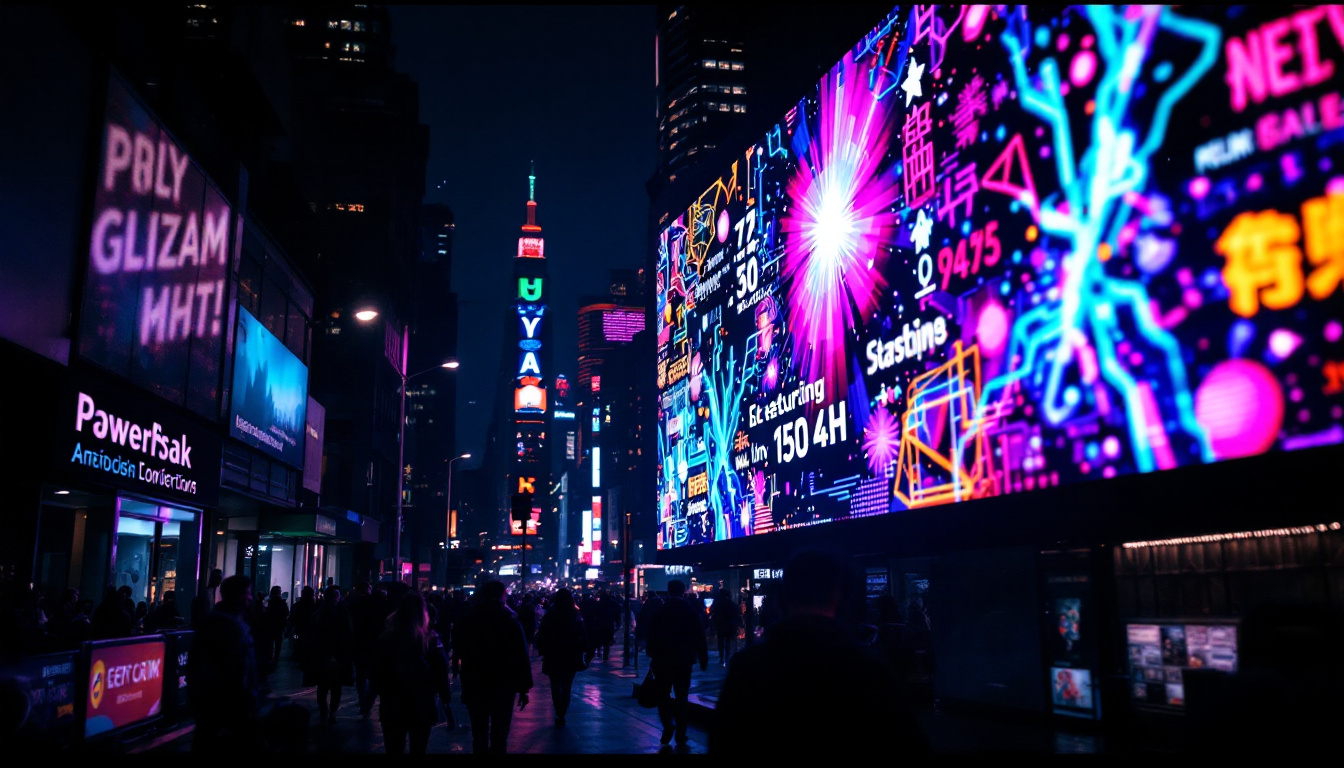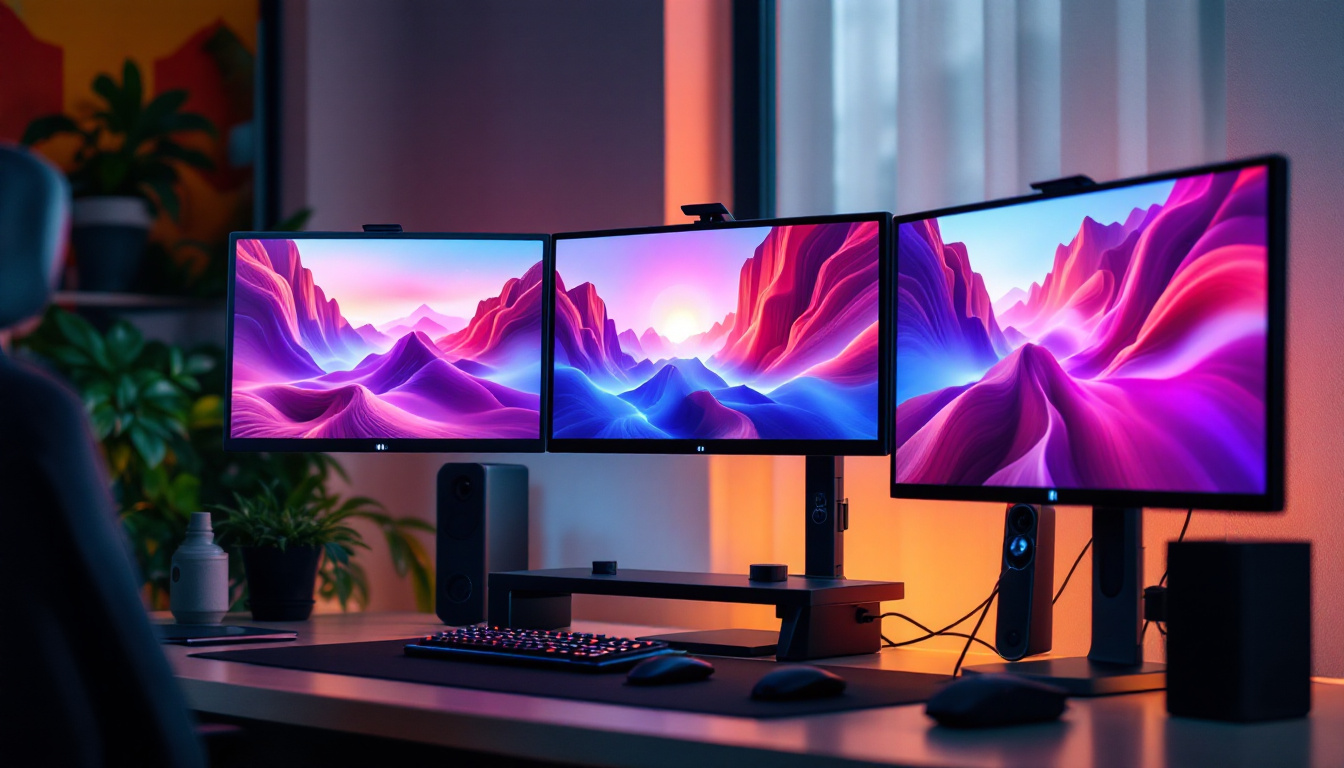In today’s digital age, the way we view websites has transformed dramatically. With the advent of various screen sizes, from smartphones to large LED displays, understanding how websites adapt to these different formats is crucial. This article delves into the intricacies of LED displays, their functionalities, and how they impact the user experience across various devices.
The Evolution of Display Technology
Display technology has come a long way since the inception of the first computer monitors. From bulky cathode-ray tubes (CRTs) to sleek LED screens, the evolution has been driven by the need for better image quality, energy efficiency, and versatility.
From CRT to LED
Initially, CRTs dominated the market, providing decent image quality but at the cost of size and weight. The introduction of LCD technology marked a significant shift, allowing for thinner and lighter screens. However, it was the development of LED technology that truly revolutionized the industry. LED displays offer brighter images, better color accuracy, and lower power consumption, making them ideal for a variety of applications. The transition to OLED (Organic Light Emitting Diode) technology further pushed the boundaries, enabling displays that can achieve true blacks and a wider color gamut, thus enhancing the overall viewing experience. As manufacturers continue to innovate, we are now witnessing the emergence of MicroLED technology, which promises even greater efficiency and flexibility, paving the way for displays that can be seamlessly integrated into various environments.
Impact on User Experience
The transition to LED displays has greatly enhanced the user experience. With higher resolutions and improved contrast ratios, users can enjoy clearer and more vibrant visuals. This is particularly important for websites that rely heavily on graphics and multimedia content, as it ensures that users can appreciate the full quality of the material presented. Furthermore, the advancements in display technology have led to the rise of immersive experiences, such as virtual reality (VR) and augmented reality (AR). These technologies leverage high-resolution displays to create lifelike environments that engage users in ways previously thought impossible. As a result, industries ranging from gaming to education are transforming, using these displays to create interactive experiences that captivate and inform users, making the technology not just a tool, but a gateway to new realms of creativity and learning.
Understanding LED Displays
LED displays are a type of flat panel display that uses light-emitting diodes (LEDs) to produce images. They are widely used in televisions, computer monitors, and digital signage due to their superior performance and versatility. The technology behind LED displays has evolved significantly over the years, leading to improvements in brightness, color accuracy, and response times. This has made them the preferred choice for both consumers and businesses, as they provide a visually stunning experience while being energy efficient.
Types of LED Displays
There are several types of LED displays, each designed for specific applications. The most common types include:
- Direct View LED: These displays consist of an array of LEDs that form the entire screen. They are often used for large outdoor billboards and digital signage, where high brightness and visibility are crucial. Direct View LED displays can be configured in various pixel pitches, allowing for flexibility in design and resolution based on viewing distance.
- LED-backlit LCD: These displays use LEDs to illuminate an LCD panel. This combination provides better contrast and color accuracy compared to traditional LCDs. LED-backlit LCDs are prevalent in consumer electronics, offering a balance between performance and cost, making them accessible to a wide audience.
- MicroLED: A newer technology that utilizes tiny individual LEDs to create images. MicroLED displays promise even better performance and efficiency, with the potential for self-emissive properties similar to OLED displays. This technology is still in its infancy but holds great promise for future applications in high-end televisions and large-scale displays.
Advantages of LED Displays
LED displays offer numerous advantages over traditional display technologies. Some of the key benefits include:
- Energy Efficiency: LED displays consume significantly less power than their CRT and LCD counterparts, making them more environmentally friendly. This efficiency not only reduces electricity costs but also contributes to a smaller carbon footprint, aligning with global sustainability goals.
- Longevity: LED technology has a longer lifespan, reducing the need for frequent replacements. Many LED displays can last over 50,000 hours, which translates to years of use before any significant degradation in quality occurs. This durability is particularly beneficial for businesses that rely on constant display operation.
- Versatility: LED displays can be used in a variety of settings, from small personal devices to large outdoor installations. Their adaptability allows for creative applications, such as curved screens in modern architecture or flexible displays that can be integrated into various surfaces.
Additionally, LED displays are known for their rapid response times, which make them ideal for displaying fast-moving content such as sports broadcasts or video games. The ability to produce vibrant colors and deep blacks enhances the viewing experience, making LED displays a favorite among content creators and consumers alike. Furthermore, advancements in technology have led to the development of smart LED displays that incorporate features like touch sensitivity and connectivity with other devices, further expanding their functionality and appeal.
Responsive Web Design and LED Displays
As the variety of screen sizes continues to grow, responsive web design has become essential. This approach ensures that websites adapt seamlessly to different devices, providing an optimal viewing experience regardless of screen size.
What is Responsive Web Design?
Responsive web design is a design philosophy that aims to create websites that function well on a range of devices. This is achieved through flexible layouts, images, and cascading style sheets (CSS) that adjust according to the screen size.
Importance of Responsive Design for LED Displays
With the increasing use of LED displays in various environments, responsive design becomes even more critical. Websites that are not optimized for different screen sizes may lead to poor user experiences, resulting in higher bounce rates and lower engagement.
Best Practices for Viewing Websites on LED Displays
To ensure that websites are viewed effectively on LED displays, several best practices should be followed. These practices focus on optimizing content and design for clarity and usability.
Optimize Image Quality
Images play a crucial role in web design, especially on LED displays. High-resolution images should be used to take advantage of the display’s capabilities. However, it is also essential to balance image quality with loading speed, as large files can slow down website performance.
Use Clear Typography
Text readability is vital, particularly on larger screens. Choosing the right font size, style, and color can significantly impact how content is perceived. It is advisable to use sans-serif fonts for better legibility, especially at larger sizes.
Test Across Multiple Devices
Before launching a website, thorough testing across various devices and screen sizes is essential. This ensures that the design remains consistent and functional, regardless of how users access the site. Tools and emulators can help simulate different screen sizes for testing purposes.
The Role of Content Management Systems (CMS)
Content Management Systems (CMS) play a significant role in how websites are built and maintained. They provide the tools necessary for creating responsive designs that cater to various screen sizes, including LED displays.
Choosing the Right CMS
When selecting a CMS, it is essential to consider its capabilities regarding responsive design. Popular platforms like WordPress, Joomla, and Drupal offer themes and plugins that facilitate the creation of responsive websites. These tools can help streamline the process of ensuring that content is displayed correctly on LED screens.
Customizing Themes for LED Displays
Many CMS platforms allow for theme customization, enabling developers to tailor the appearance and functionality of a website. Customizing themes specifically for LED displays can enhance user experience by ensuring that content is displayed optimally across different screen sizes.
Challenges of Viewing Websites on LED Displays
While LED displays offer numerous benefits, there are also challenges associated with viewing websites on these screens. Understanding these challenges can help developers and designers create better experiences for users.
Brightness and Glare
One of the primary challenges of LED displays is managing brightness and glare. In outdoor settings, excessive brightness can make it difficult for users to view content clearly. Implementing adaptive brightness settings and using anti-glare coatings can mitigate these issues.
Color Calibration
Color accuracy can vary between different LED displays. Ensuring that colors are consistent across devices is essential for maintaining brand integrity and user experience. Regular calibration and testing can help achieve this consistency.
The Future of LED Displays and Web Design
The future of LED displays is promising, with advancements in technology continually pushing boundaries. As web design evolves alongside these advancements, several trends are emerging that will shape how websites are viewed on LED displays.
Emerging Technologies
Technologies such as augmented reality (AR) and virtual reality (VR) are beginning to integrate with LED displays, creating immersive experiences for users. As these technologies develop, web design will need to adapt to accommodate new ways of interaction.
Increased Focus on User Experience
The emphasis on user experience will continue to grow, with designers prioritizing accessibility and usability. This includes optimizing websites for LED displays, ensuring that all users can navigate and engage with content effectively.
Conclusion
Understanding how websites are viewed on different screen sizes, particularly LED displays, is crucial in the modern digital landscape. As technology continues to evolve, so too must the strategies employed by designers and developers. By embracing responsive design, optimizing content, and staying informed about emerging trends, businesses can ensure that they provide a seamless experience for users across all devices.
As LED displays become more prevalent in our daily lives, the importance of adapting web content to these screens cannot be overstated. By focusing on quality, clarity, and user experience, websites can thrive in an increasingly diverse digital environment.
Discover the Future of Visual Experience with LumenMatrix
As you consider the importance of responsive web design and the impact of LED displays on user experience, take the next step with LumenMatrix. Our innovative LED display solutions, ranging from Indoor and Outdoor LED Wall Displays to specialized options like Vehicle, Sports, and Floor LED Displays, are designed to captivate and engage your audience. Embrace the revolution in visual communication with our Custom, All-in-One, and Transparent LED Displays. Check out LumenMatrix LED Display Solutions today and transform your brand’s visibility with cutting-edge technology.




